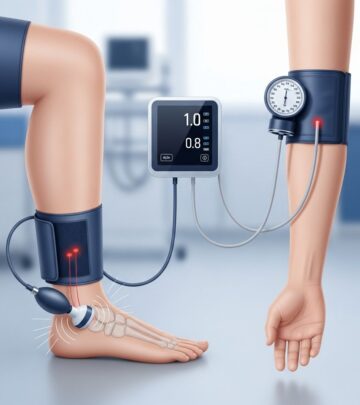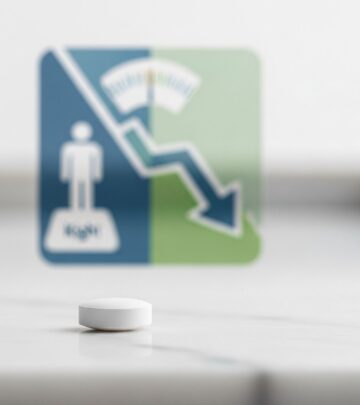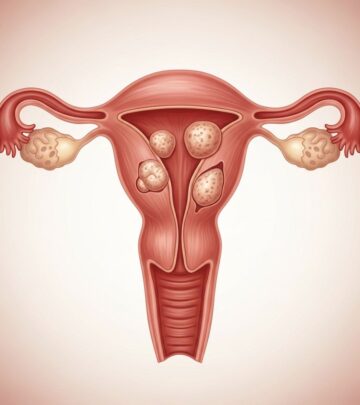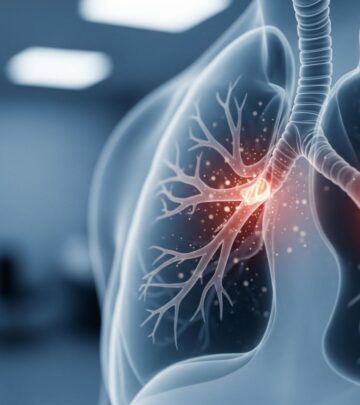Understanding Tachycardia
Exploring the Causes and Symptoms of Tachycardia

Introduction to Tachycardia
Tachycardia is a condition characterized by an abnormally fast heart rate, typically exceeding 100 beats per minute. It can be caused by various factors, including physical stress, emotional stress, or underlying health conditions. Understanding tachycardia is crucial for early detection and effective management.
How the Heart Beats
The heart is a muscular organ that pumps blood throughout the body. It consists of four chambers: the upper chambers, known as atria, and the lower chambers, called ventricles. The heart’s electrical system controls the heartbeat, starting with signals from the sinus node, which then travel through the atria to the atrioventricular (AV) node before reaching the ventricles.
This process ensures a consistent heartbeat, usually between 60 to 100 beats per minute at rest. However, factors such as stress, exercise, or underlying heart conditions can disrupt this rhythm, leading to tachycardia.
Symptoms of Tachycardia
The symptoms of tachycardia can vary depending on the underlying cause and the individual’s health status. Common symptoms include:
- Racing or pounding heartbeats (palpitations)
- Shortness of breath
- Chest pain or discomfort
- Lightheadedness or dizziness
- Fainting (syncope)
Causes of Tachycardia
Tachycardia can be caused by a variety of factors:
- Physical Stress: Exercise or physical activity is a common cause of tachycardia, known as sinus tachycardia.
- Emotional Stress: Stress and anxiety can increase heart rate.
- Heart Conditions: Conditions like atrial fibrillation or ventricular tachycardia can lead to irregular heart rhythms.
- Electrolyte Imbalance: Changes in levels of minerals like potassium, sodium, calcium, and magnesium can affect heart rhythm.
- Medications: Certain medications can cause tachycardia as a side effect.
- Stimulants: Caffeine, nicotine, and illegal drugs like cocaine can increase heart rate.
- Other Factors: Fever, alcohol withdrawal, hyperthyroidism, and anemia can also lead to tachycardia.
Treatment Options for Tachycardia
Treatment for tachycardia depends on its cause and severity. Here are some common approaches:
- Medications: Drugs may be used to control heart rate or correct rhythm abnormalities.
- Catheter Ablation: This procedure involves using heat or cold to create scars in the heart that block irregular electrical signals.
- Pacemaker: A small device that helps regulate heartbeat by sending electrical pulses when necessary.
- Implantable Cardioverter-Defibrillator (ICD): Used to prevent sudden cardiac death by delivering shocks to restore a normal heartbeat.
- Surgical Options: Procedures like the maze procedure may be employed to treat certain types of tachycardia.
Frequently Asked Questions (FAQs)
Q: What is the difference between tachycardia and bradycardia?
A: Tachycardia is characterized by an abnormally fast heart rate, while bradycardia refers to an abnormally slow heart rate.
Q: Can tachycardia be life-threatening?
A: Yes, certain types of tachycardia can be life-threatening if not properly managed. Conditions like ventricular tachycardia can lead to cardiac arrest if immediate treatment is not provided.
Q: How is tachycardia diagnosed?
A: Diagnosis often involves an electrocardiogram (ECG), which can identify irregular heart rhythms. Other tests like echocardiograms or stress tests may also be used.
Q: Can lifestyle changes help manage tachycardia?
A: Yes, reducing stress, exercising regularly, avoiding stimulants, and maintaining a balanced diet can help manage tachycardia symptoms.
Conclusion
Tachycardia is a heart condition that requires timely medical attention. Understanding its symptoms and causes is crucial for effective management and prevention. By combining lifestyle changes with medical treatments, individuals can successfully manage tachycardia and improve their overall cardiac health.
Read full bio of Sneha Tete












